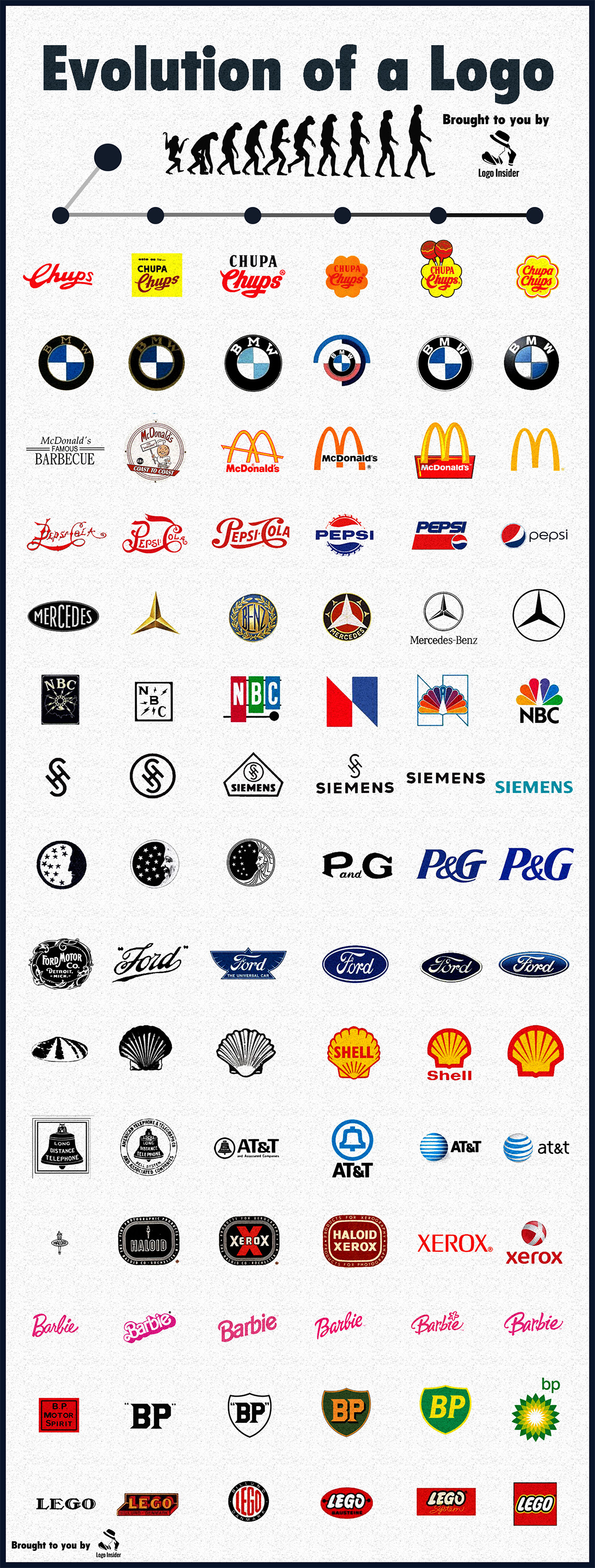The Sweet Journey of Android: A Timeline of Delicious Progress
Android isn’t just an operating system — it’s an ecosystem, a platform that powers billions of devices worldwide. But beyond its incredible reach, Android tells a fascinating story of innovation and evolution, all wrapped in dessert-themed names. Why desserts? Well, they represent something universally appealing — much like Android itself.
This infographic chronicles the timeline of Android’s growth, from its humble beginnings to its modern dominance. Let’s unpack what each version contributed to the Android experience and explore how these sweet treats shaped the way we interact with technology.
The Beginning: Android 1.0
Released in 2008, Android 1.0 marked the starting point of an ambitious journey. Back then, the idea of smartphones was still maturing. Features like Gmail, Google Maps, and a web browser were revolutionary for mobile devices. These tools allowed early Android phones to function as portable computers, but the interface was rudimentary.
The most critical feature? Notifications. For the first time, Android introduced a pull-down notification bar, changing how users interacted with their devices. Today, it’s impossible to imagine a smartphone without it.
Android 1.5: Cupcake
Here’s where things got interesting. With the release of Cupcake in 2009, Android gained its first dessert-themed name. Why desserts? Perhaps because they’re memorable, fun, and universally loved — much like Android aimed to be.
Cupcake introduced something we take for granted now: the on-screen keyboard. Before this, physical keyboards dominated smartphones. Cupcake was also a pioneer in app widgets, allowing users to customize their home screens with dynamic, live information.
Android 2.0–2.1: Eclair
Fast forward to Eclair, and Android was starting to look like the smartphone OS we know today. With the Google Maps Navigation feature, Eclair essentially turned every Android device into a GPS navigator — a monumental shift for travelers and drivers.
Additionally, Eclair introduced live wallpapers. For the first time, your home screen wasn’t static; it could move, flow, and react. It was the beginning of Android’s reputation for customization.
Android 2.2: Froyo
In 2010, Froyo made a simple but game-changing improvement: mobile hotspot functionality. This allowed users to turn their phones into Wi-Fi hotspots, giving other devices internet access. It was a step toward Android becoming a central hub for connectivity.
And let’s not forget: Froyo was faster. With performance optimizations and support for Flash, Android devices became better at browsing the web and handling complex tasks.
Android 2.3: Gingerbread
If Froyo laid the groundwork, Gingerbread added polish. Released in 2010, this version focused on efficiency and battery life. It also brought NFC (Near Field Communication) to Android for the first time, paving the way for mobile payments and quick data sharing.
This was also the era when Android refined its gaming capabilities. Better graphics and processing meant smoother, more immersive mobile games.
Android 3.0: Honeycomb
Here’s something unique: Honeycomb, launched in 2011, was exclusively for tablets. It introduced a holographic UI, giving tablets a more futuristic look compared to their phone counterparts.
But Honeycomb’s impact wasn’t just aesthetic. It pioneered split-screen multitasking, a feature that’s now a staple of Android tablets and smartphones alike.
Android 4.0: Ice Cream Sandwich
In 2011, Ice Cream Sandwich merged the best of Honeycomb and Gingerbread into a unified system for both phones and tablets. It introduced face unlock, a fun yet not entirely secure way to access your phone.
Perhaps most importantly, Ice Cream Sandwich made Android feel more modern. Features like swipe gestures and data usage tracking were ahead of their time.
Android 4.1–4.3: Jelly Bean
By 2012, Android was becoming smooth. With Jelly Bean, Google introduced Project Butter, a suite of optimizations designed to make the system more fluid and responsive. This was a turning point for Android’s user experience.
Jelly Bean also gave us Google Now, a predictive assistant that aimed to deliver the information you needed before you even asked. It was an early step toward AI integration in smartphones.
Android 4.4: KitKat
Released in 2013, KitKat focused on refining Android for lower-end devices, making it accessible to more users worldwide.
KitKat introduced OK Google, enabling hands-free voice commands. This was the start of Android’s journey into voice-based AI, a feature now central to devices like Google Assistant and smart speakers.
Android 5.0: Lollipop
In 2014, Lollipop brought a visual overhaul with Material Design, a flat, clean aesthetic that unified Android’s look across apps and devices.
Lollipop also introduced the Do Not Disturb mode, giving users control over notifications for the first time. It was a step toward making smartphones less intrusive and more user-friendly.
Android 6.0: Marshmallow
By 2015, Android was focusing on security and battery life. Marshmallow introduced App Permissions, giving users more control over what apps could access.
It also debuted Doze Mode, which reduced background activity to save battery when the device wasn’t in use. This was a game-changer for users frustrated by battery drain.
Android 7.0: Nougat
With Nougat in 2016, Android perfected multitasking. It introduced split-screen mode, allowing users to run two apps side by side.
Nougat also brought notification grouping, making it easier to manage the flood of alerts on your phone.
Android 8.0: Oreo
In 2017, Oreo focused on efficiency and speed. With Picture-in-Picture mode, users could watch videos while multitasking.
It also introduced notification dots, giving you quick access to app notifications without opening the app.
Android 9.0: Pie
Finally, in 2018, Pie embraced AI-driven features like Adaptive Battery and Adaptive Brightness, which learned your habits to optimize performance.
Gesture navigation also made its debut, replacing traditional buttons with intuitive swipes.
Here are the remaining Android versions that weren’t explicitly mentioned in the original article, along with their key features:
Android 10: Quince Tart
2019 the first Android version to drop dessert-themed names in favor of a simpler numeric naming convention.
Key Features:
- System-wide Dark Mode: A feature that enhances battery life and reduces strain on users’ eyes.
- Gesture Navigation: Further refining gestures with edge-based swipes and replacing the back button entirely.
- Focus Mode: A part of Digital Wellbeing, this feature lets users pause distracting apps.
- Live Caption: Automatically generates captions for videos, podcasts, and audio messages in real-time.
Android 11: Red Velvet Cake
Android 11 focused on improving communication, privacy, and device management.
Key Features:
- Bubbles for Messaging Apps: Conversations could now “float” over other apps, providing quicker access.
- One-time App Permissions: Allowed apps to access location, camera, or microphone only for that session.
- Screen Recording: Native screen recording was finally introduced.
- Smart Device Controls: A long-press of the power button gave quick access to connected smart devices.
Android 12: Snow Cone
Android 12 introduced Material You, a significant evolution in user interface design, emphasizing personalization.
Key Features:
- Dynamic Color Themes: The system adapts to your wallpaper, coloring the UI to match your chosen aesthetic.
- Privacy Dashboard: Consolidates all permissions to give users more transparency and control.
- Improved Performance: Reduced CPU usage for smoother navigation and extended battery life.
- Haptic Feedback Enhancements: Developers gained greater control over haptic feedback in apps.
Android 13: Tiramisu
Building on the foundation of Android 12, Android 13 emphasized security, customization, and seamless experiences.
Key Features:
- Per-App Language Preferences: Allowed users to set different languages for individual apps.
- Improved Media Controls: Redesigned the media player with new animations and functionality.
- Enhanced Bluetooth LE Audio Support: Provided higher-quality audio with reduced power consumption.
- QR Code Scanner Shortcut: Simplified access to QR scanning from the quick settings menu.
Android 14: Upside Down Cake (2023 – Latest as of now)
Android 14 continues the emphasis on accessibility, performance, and personalization.
Key Features:
- Ultra HDR Support: Brings brighter and more detailed visuals to photos and videos.
- Custom Lock Screen Shortcuts: Enables users to tailor shortcuts on their lock screens.
- App Cloning: Allows users to create duplicates of apps to use multiple accounts (useful for social media).
- Satellite Connectivity Support: Prepares Android for devices using satellite connections, improving connectivity in remote areas.
How These Versions Connect to the Bigger Picture
Each Android update builds on the foundation of its predecessors, refining user experience while adapting to new trends and technology. From gesture-based navigation to dynamic theming with Material You, Android has remained flexible, customizable, and ahead of its time.
These versions showcase Google’s commitment to making Android a robust, user-centric operating system while embracing modern trends like privacy, accessibility, and environmental sustainability.
The Bigger Picture: Why Android’s Evolution Matters
Android’s journey isn’t just about new features; it’s about solving problems. From improving connectivity with mobile hotspots to enhancing accessibility with Material Design, each version reflects a deeper understanding of user needs.
And here’s the most exciting part: Android is still evolving. With each iteration, it pushes the boundaries of what smartphones can do, bringing us closer to a future where our devices are seamless extensions of ourselves.








